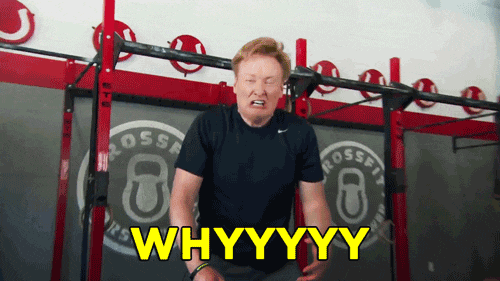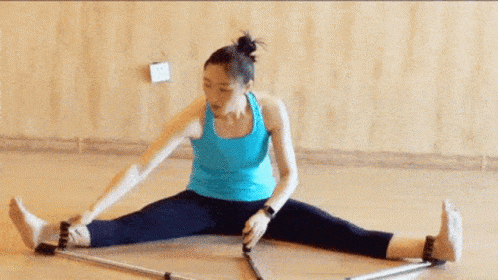So, you are not sore after a workout. What does it mean?

We have all seen videos of people crying after they finish their workouts. Often, this is a significant factor that discourages people from maintaining a consistent gym or workout routine. However, there are also some people who seem like superhumans, as they experience little to no soreness after a workout. If you're one of them, does it mean you're doing something wrong?
Why do we actually get sore?
Believe it or not, working out and getting sore most of the time actually means you're doing things right.

Muscle soreness after a workout is commonly known as Delayed Onset Muscle Soreness (DOMS). It typically occurs within 24 to 48 hours after engaging in intense or unfamiliar physical activity (basically working out). The exact mechanisms behind DOMS are not entirely understood, but here's a major reason:
'Pain is gain'
- So, during exercise, especially when you're performing activities like lifting weights or doing extensive cardio, very tiny, microscopic damage occurs in the muscle fibers.
- This damage triggers an inflammatory response as the body attempts to repair the affected muscles.
-
In turn, it results in rebuilding these micro-tears, which is necessary for building muscle mass.
Was your workout effective if you don't feel sore?
Manoj Goshwami, a fitness trainer from Noida, gives a few reasons why you might not experience pain or soreness after a workout:
Fitness level
If you're not feeling pain, you might have a higher fitness level, and you may experience less soreness compared to beginners. As your body becomes more adapted to exercise, you might not experience as much soreness, even with effective workouts.

Not challenging yourself enough
- If you find yourself consistently not experiencing soreness, it might suggest that you are not pushing your body hard enough.
- Achieving better results often comes from exerting your muscles to the point of exhaustion.
What you can do?
To enhance the challenge, consider increasing the weight you lift or the number of repetitions you perform. It's essential to make the last few reps demanding while maintaining proper form.
If you notice your form starting to deteriorate, it indicates that your muscles are fatigued, and it's time to stop or take a break.

'It takes time'
- Sometimes, for certain larger muscles, such as the quads and hamstrings, it takes a lot of time for workouts to turn effective and cause soreness.
- This can occur if you are regularly engaging those muscles in everyday activities, making them more accustomed to the workload.
You are doing 'recovery' well
Stretching and muscle relaxation are very underrated. While working out, spend at least 10 minutes (you don't have to be Baba Ramdev) at the end to relax your muscles.

Now, If you are incorporating a proper warm-up, cool-down, stretching, and recovery techniques into your routine, you can minimize the severity of muscle soreness.
Switch it up
If you're working out for a really long time, and are just lifting up the same weight or doing the same exercise your body gets accustomed to it, hence try adding things that always challenge your body, like more serious core training or some extra fat burning exercises and of course, increase the weight of the dumbells you're lifting.
Not the right workout
After working out, Some exercises may not cause much soreness even though they are effective.
For example, low-impact exercises like cycling or cross-tunnel can be highly effective for cardiovascular health and muscle endurance without causing much post-workout soreness.
Remember: Being sore is okay, but the pain is not. You can be a little sore after a workout, but if you're in pain, and worst, if the pain persists, you should take rest and start again after two to three days.

